Hanoi, the capital of Vietnam, boasts a rich history and an abundance of natural beauty, including over 60 parks and flower gardens that span across 300 hectares, or 2% of the city’s total land area. These green spaces, scattered throughout the city, spark curiosity and intrigue among both locals and tourists alike.
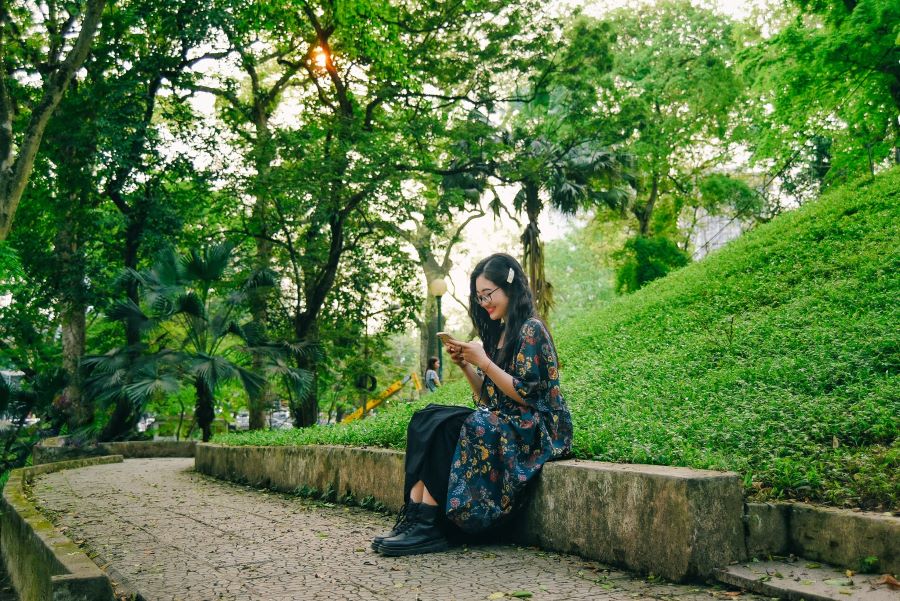 |
|
This image depicts the lush greenery of Bach Thao, also known as the Botanical Garden in Hanoi. It serves as a tranquil escape from the bustling city, inviting visitors to immerse themselves in nature’s serenity. |
A Journey Back in Time: Parks and Gardens During French Colonial Rule
From the late 19th century until 1954, Hanoi’s green spaces were predominantly under French influence. During this period, the city had only one park, known as Bach Thao, or “Jardin Botanique de Hanoi” in French, translating to “Hanoi Botanical Garden.” Accompanying this park were 16 flower gardens, each with an average size of about 100 square meters.
With the exception of Bach Thao, each of these gardens bore the name of a French figure connected, either directly or indirectly, to the colonial rule of French Indochina. Some of these gardens, bustling with visitors on weekends and holidays, even featured statues and monuments erected in honor of colonial officials, solidifying their presence in the heart of Hanoi.
For instance, the Ly Thai To Flower Garden, located by Hoan Kiem Lake, was originally named the Paul Bert Flower Garden after a French Resident General who passed away from dysentery in 1886. His statue graced the garden in 1890, standing as a reminder of French influence. Similarly, the Bach Thao Park honored Joost Van Vollenhoven, the acting Governor-General of Indochina from 1914 to 1915, with a monument erected in his name in 1925.
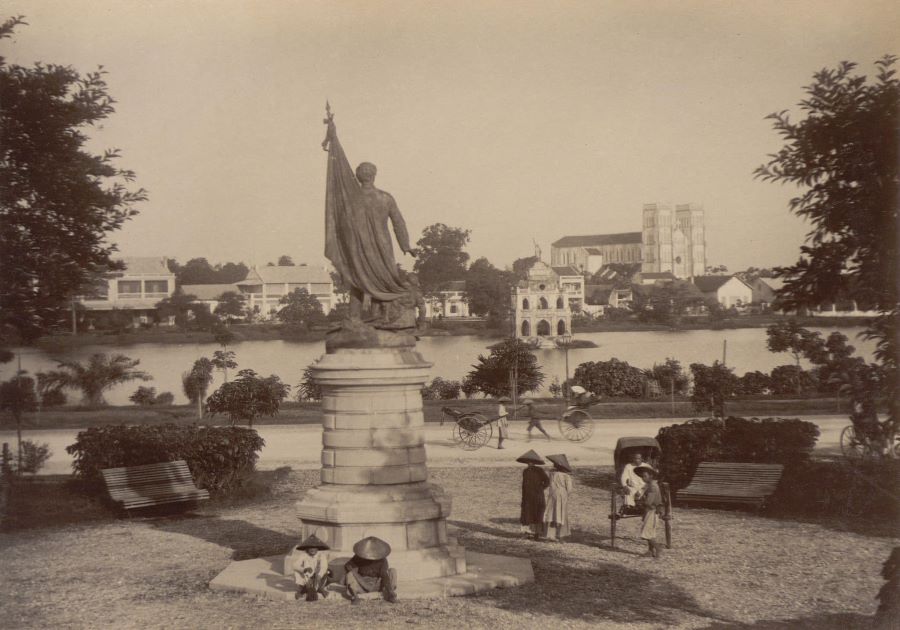 |
|
A vintage photograph of the Ly Thai To flower garden, nestled on the shore of Hoan Kiem Lake. This garden has been a beloved fixture in Hanoi for generations, offering a peaceful retreat in the heart of the city. |
The French influence extended further, with monuments like the one dedicated to Jean Dupuis, a French dealer and explorer, erected on Bo Song Street (now known as Tran Nhat Duat Street). Additionally, the Chi Lang Flower Garden, now Lenin Park, featured a “Monument to the Dead,” commemorating those who lost their lives fighting for France.
Another notable memorial was dedicated to Laurent Chavassieux, who served as the acting Governor-General of Indochina for a brief period in 1894. The Laurent Chavassieux Flower Garden, now known as Dien Hong Park, once housed his memorial. Several years ago, an online article sparked controversy by claiming that the memorial in Dien Hong Park, also known as the “Toad Flower Garden,” contained the remains of Laurent Chavassieux. However, this claim was refuted by Hanoi cultural researchers, who clarified that it was highly unlikely for the government to exhume his remains and place them in a coffin, as it would have contradicted Catholic canon law at the time.
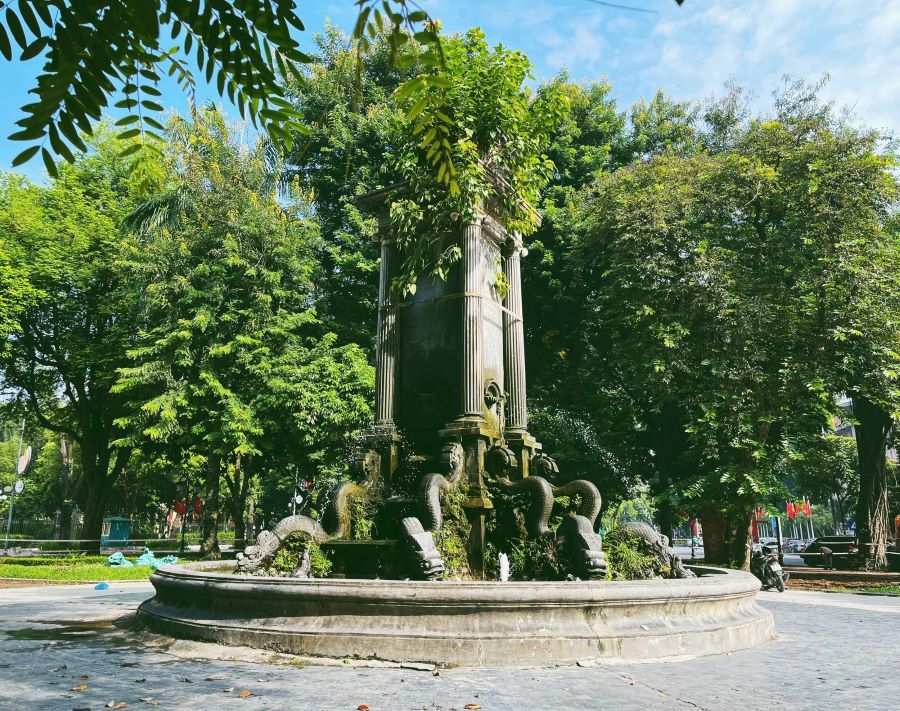 |
|
Dien Hong Park before its renovation, showcasing its natural beauty and tranquil atmosphere. This park has since been enhanced to better serve the community and preserve the city’s green spaces. |
A New Chapter: Renaming and Creating Green Havens
On March 9, 1945, a significant shift occurred when the Japanese army overthrew French rule and formed a new government the following month, with Tran Trong Kim as Prime Minister. This transition led to a pivotal moment on July 20, 1945, when Japan handed over administrative control of Hanoi, Haiphong, and Danang to Vietnamese officials, and Dr. Tran Van Lai was appointed mayor of Hanoi.
One of Dr. Tran Van Lai’s earliest actions was to rename the city’s streets and flower gardens, replacing French names with those of historical significance. Places like Lam Son, Chi Lang, Tay Son, Bai Say, Yen The, and Ba Dinh reflected Vietnam’s rich history. Additionally, a flower garden at the intersection of Tho Nhuom and Hai Ba Trung Streets was named after Bich Luu, a concubine of King Tran Due Tong, marking a first in Vietnamese history.
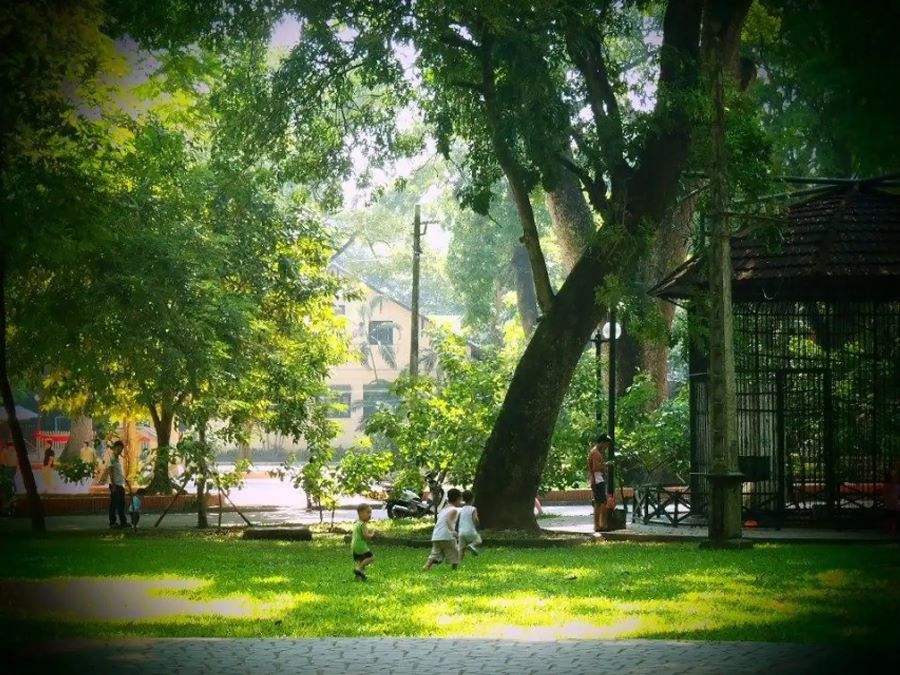 |
|
Thu Le Park, a serene green space in Hanoi, invites visitors to relax and enjoy nature. This park is one of many that contribute to the city’s vibrant landscape. |
On August 1, 1945, Dr. Tran Van Lai ordered the removal of numerous French statues from the flower gardens, with the exception of the one dedicated to the renowned microbiologist Louis Pasteur. This act symbolized a break from colonial influence and a step towards reclaiming Vietnam’s cultural identity.
With the birth of the Democratic Republic of Vietnam on September 2, 1945, Dr. Tran Duy Hung became Hanoi’s new mayor. He continued the renaming process, approving a list of new street and flower garden names in December of that year. Some of the names given by Tran Van Lai were changed again, while others were entirely replaced, reflecting the evolving nature of the city.
In 1949, when former Emperor Bao Dai became the Chief of State of French-occupied Vietnam, Hanoi’s streets and gardens underwent yet another transformation. While some streets reverted to their pre-1945 French names, the parks and flower gardens largely retained the names given by Tran Duy Hung.
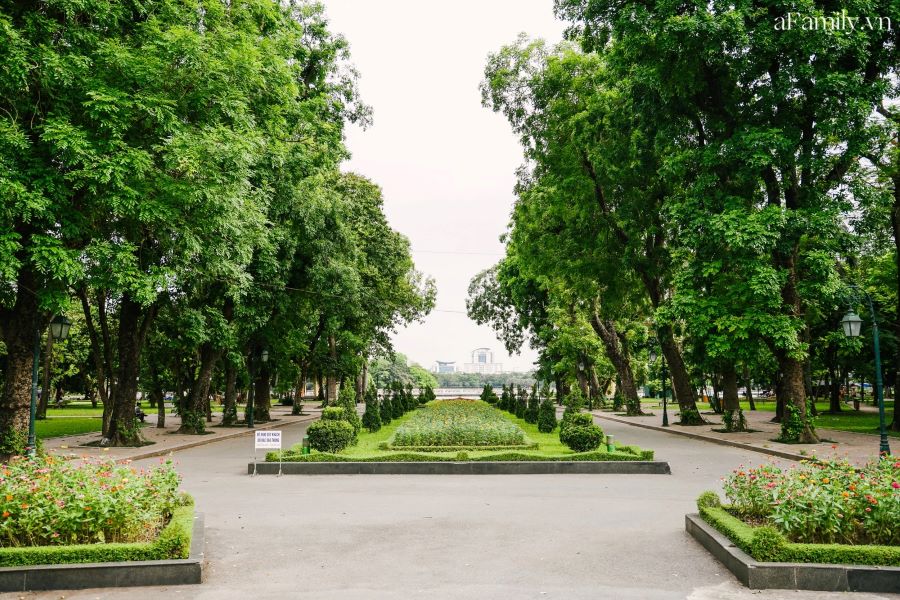 |
|
Thong Nhat Park, a vibrant green space in Hanoi, was built with the contributions of tens of thousands of working days from the city’s officials, workers, and local community. It stands as a testament to the collaborative efforts of the people of Hanoi. |
Today, while many parks and flower gardens in Hanoi share names with the communes, districts, or wards they belong to, the naming approach taken by Tran Van Lai and Tran Duy Hung holds value in preserving and educating about the city’s historical events and figures.
Ancient house in Ma May
NDO – Ma May, a rare quarter that still retains several old houses, has created one of the characteristics of Hanoi. Hanoi’s streets are becoming increasingly crowded and traditional features can sometimes be hidden behind modern life. But if one takes the time to relax and look around, the ancient features begin to reveal themselves.








